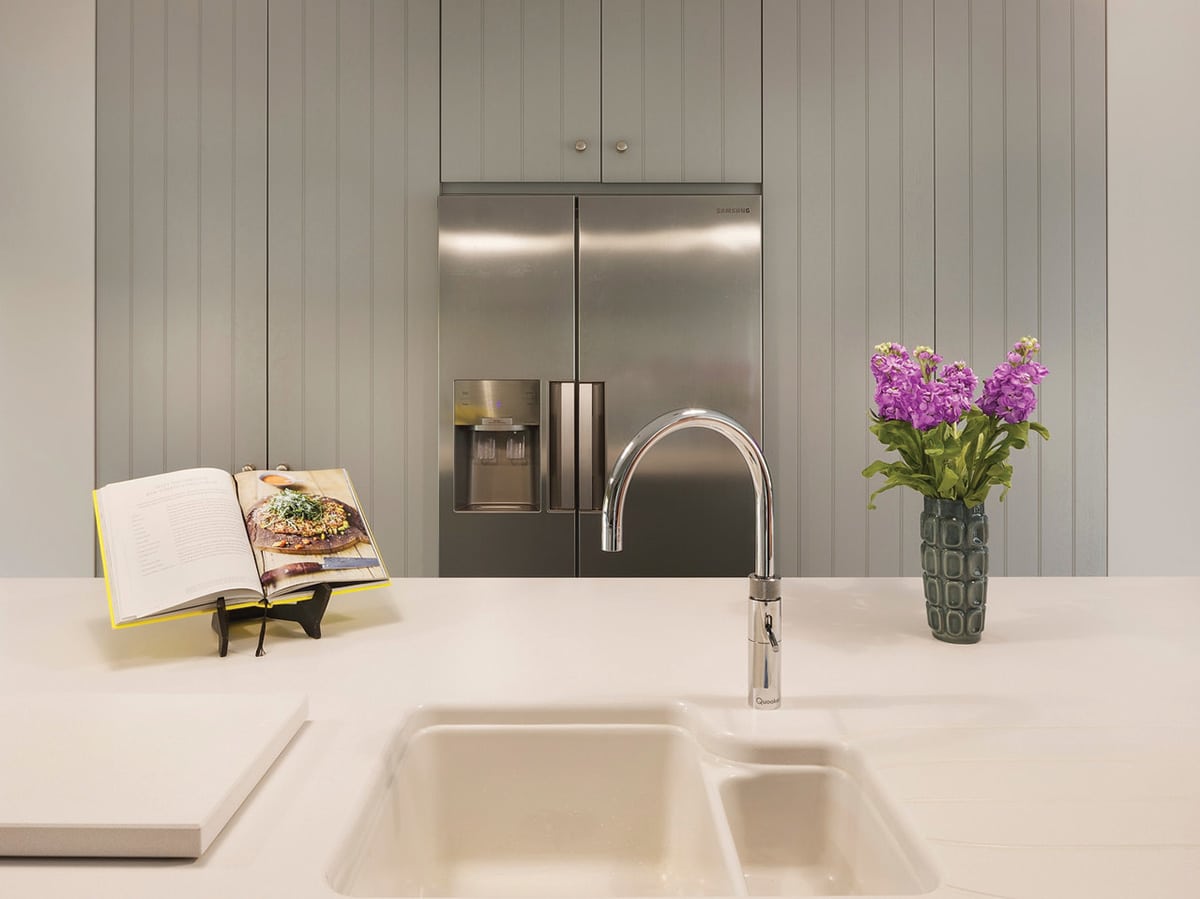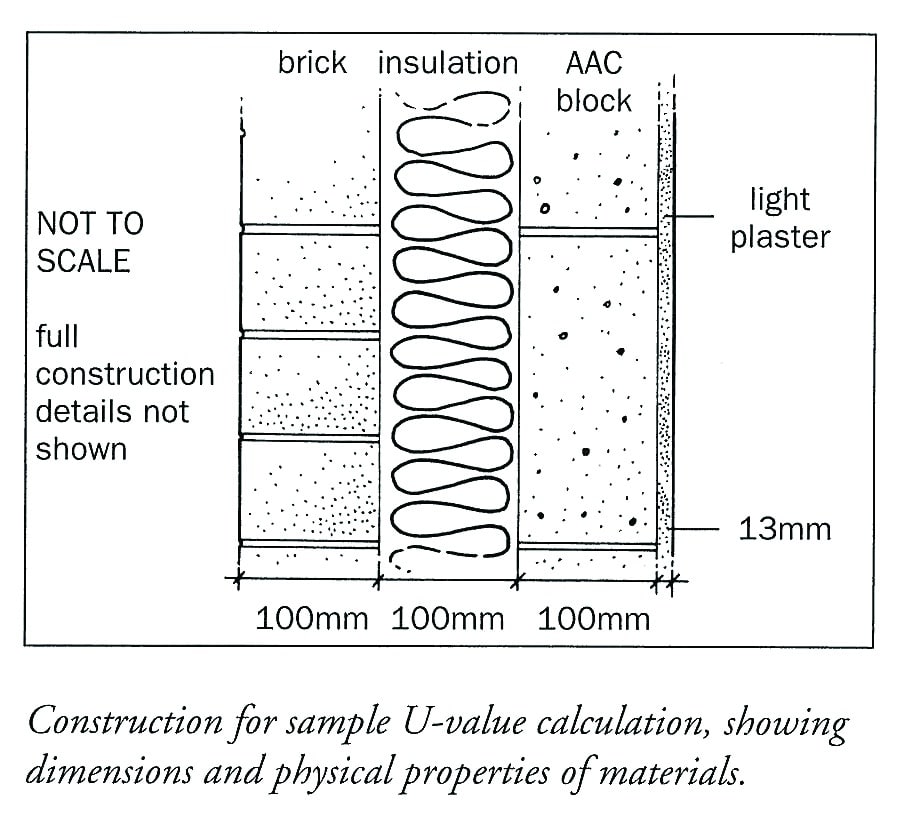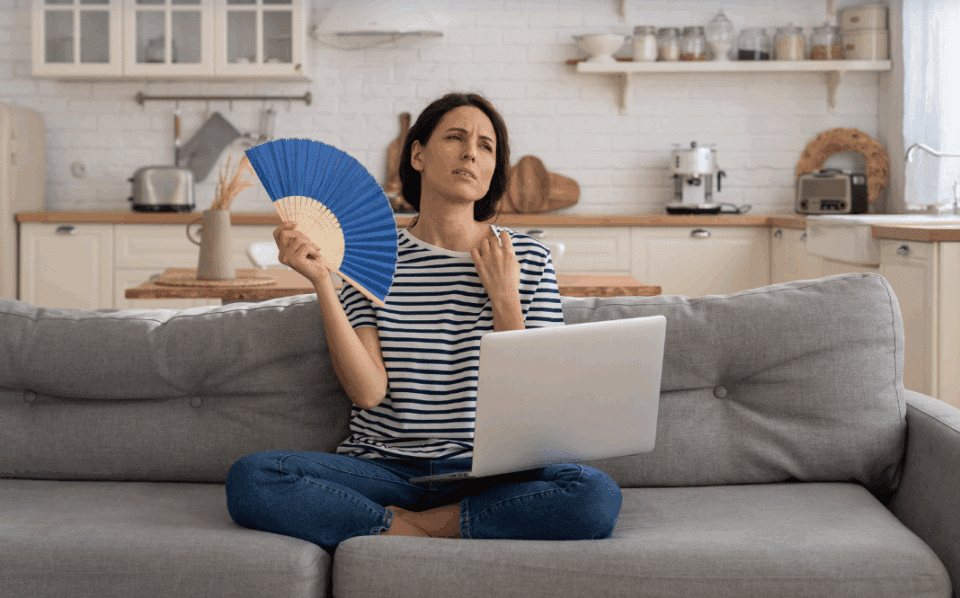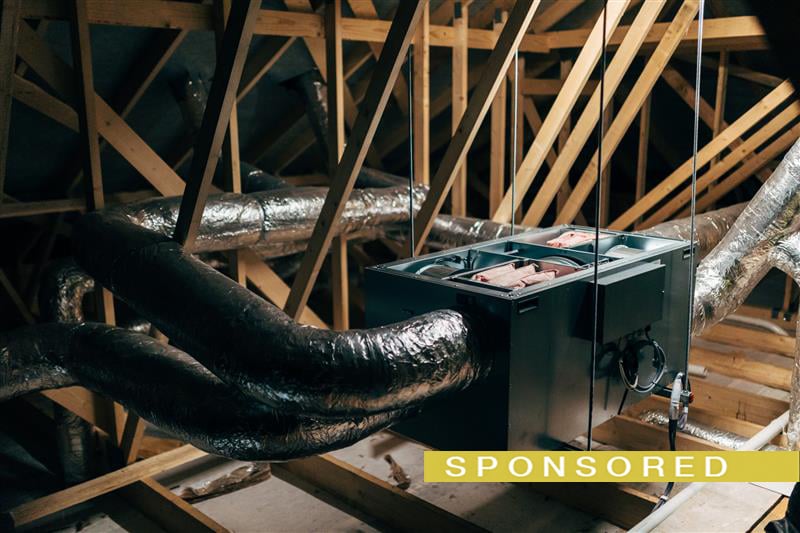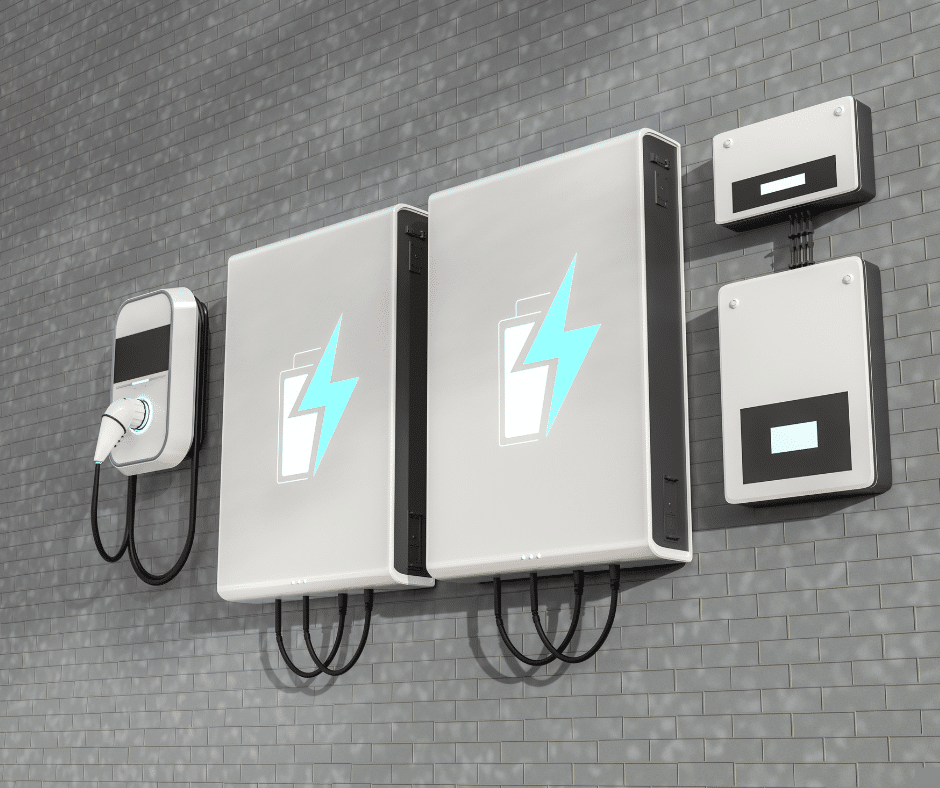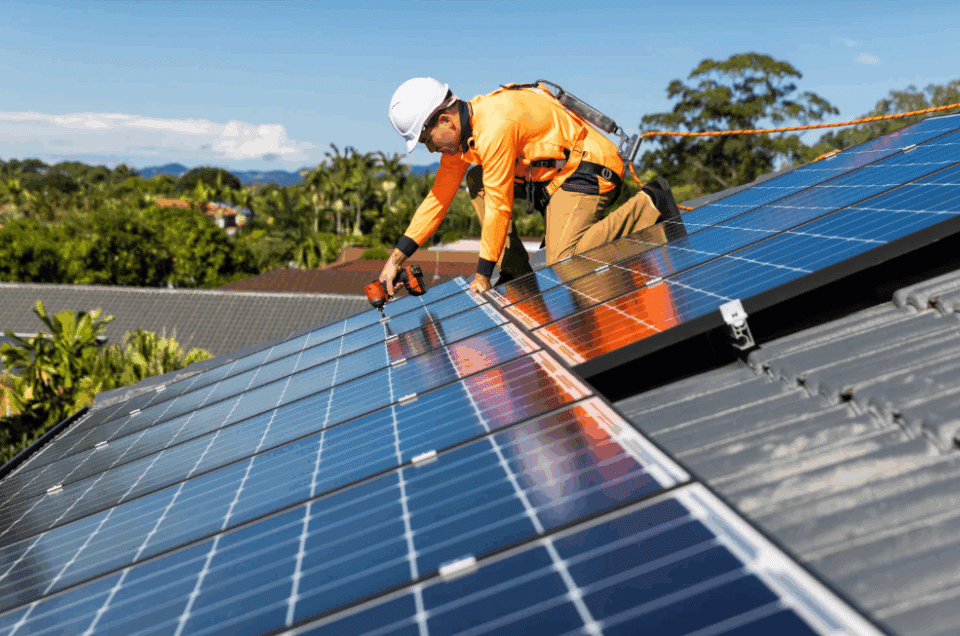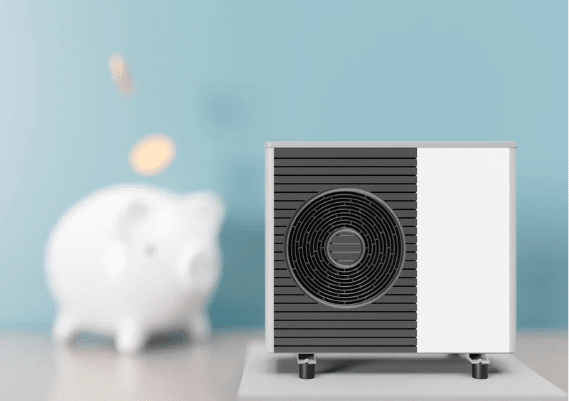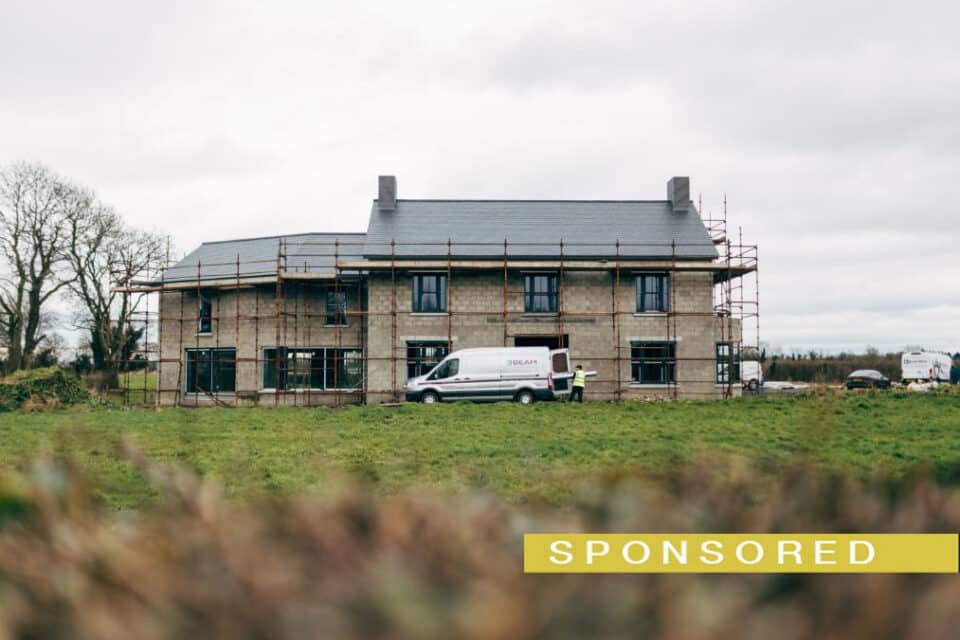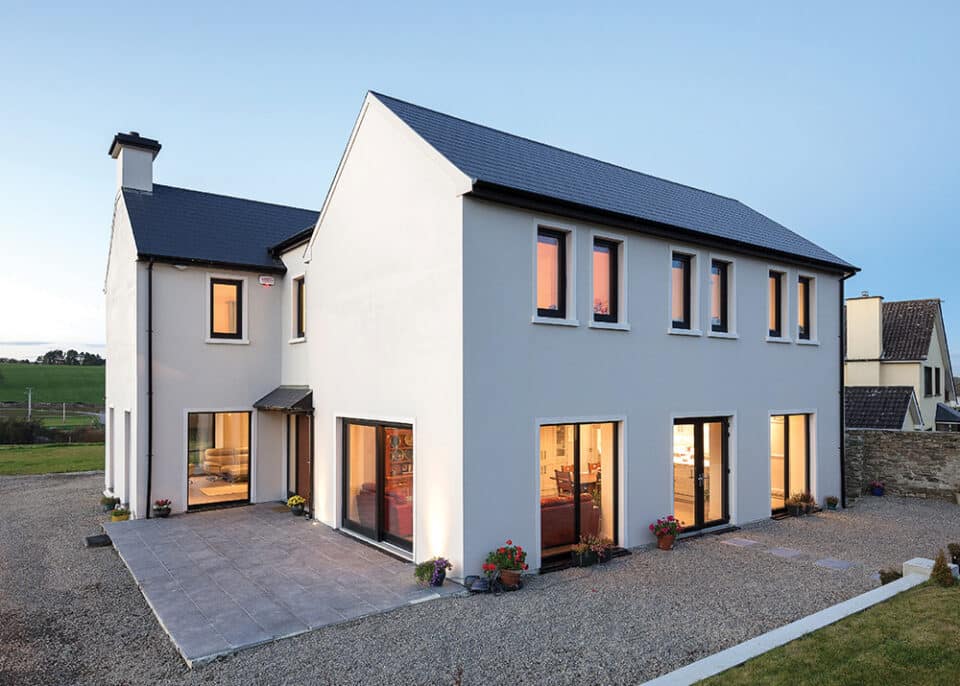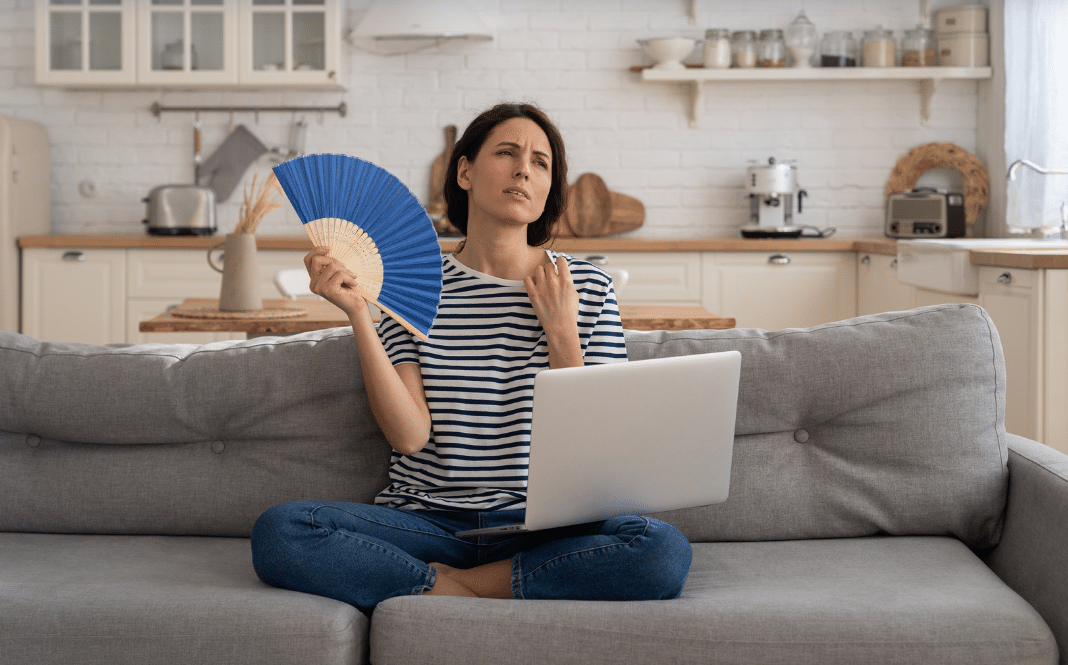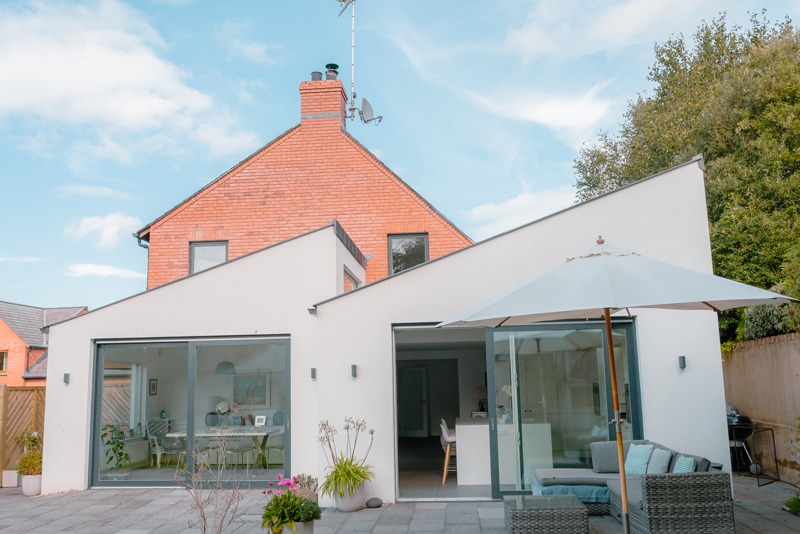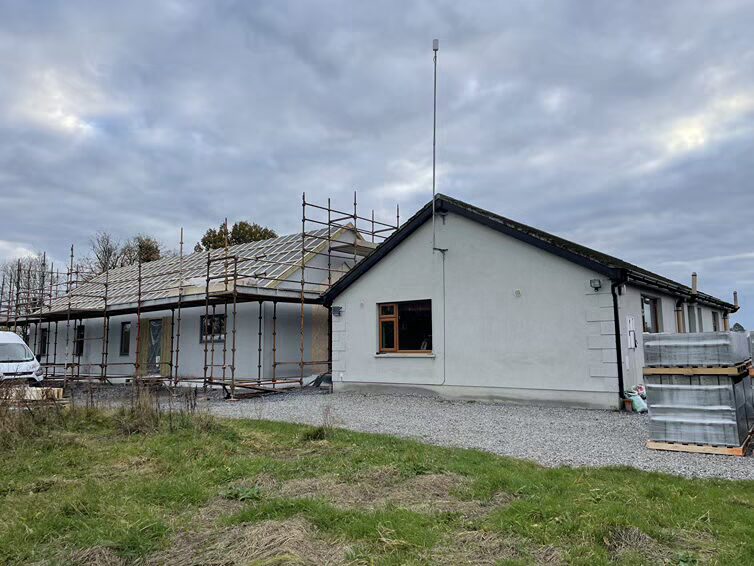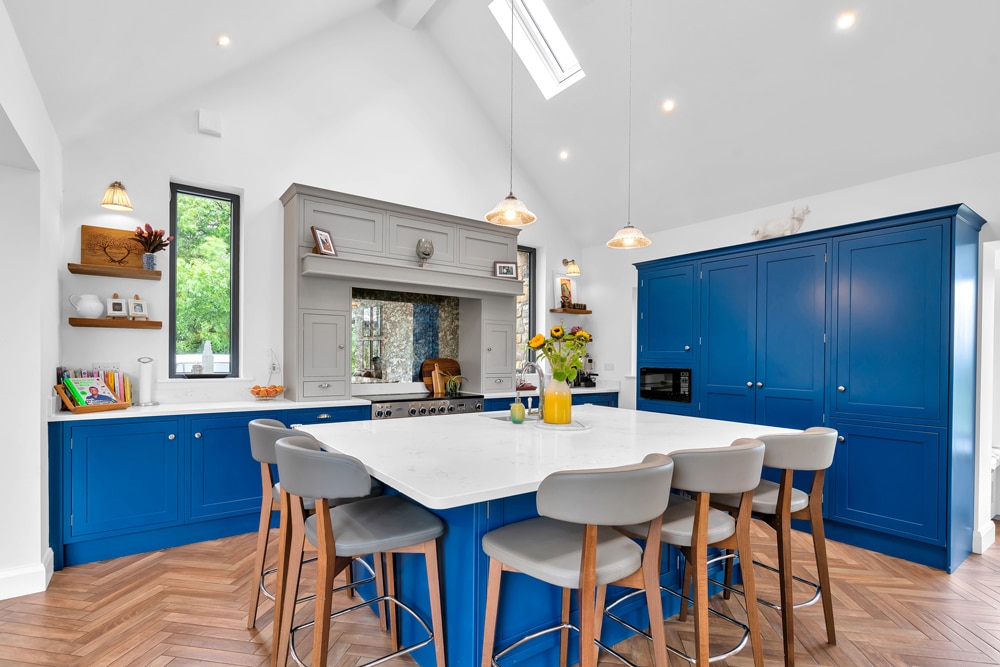Keeping warm can weigh heavily on the family budget; the good news is there are some low cost solutions that can help you tackle the problem.
- Low cost solutions to tackle heating bills
- Changing energy consumption habits
- Add-ons to help reduce costs
In your home an energy source will always be required to generate heat, hot water and if you are making your own, electricity.
Of course the best starting point is to reduce the need in the first place! For a new build this is much easier than in an existing house – you could insulate and make it airtight to a point where there is virtually no heating system required.
However hot water remains a necessity and for most people, so does electricity, so when building new the ideal is to rely on inputs that are renewable, such are sustainably sourced timber/biomass or products that harvest energy from the elements.
Heating habits
As a society we’ve generally become more sedentary – a lot of the activities we take part in don’t require much movement. Which is why it isn’t surprising to hear that people who have built or upgraded to more energy efficient standards don’t always spend less than they used to. Instead they turn the temperature up!
This phenomenon is called ‘comfort taking’ and in a recent report by the SEAI the estimate is that over a third (36 per cent) of energy savings are invested in comfort, or depending how you look at it, wasted in this way. (On nearly zero energy buildings, this ‘comfort taking’ or ‘rebound’ effect is minimal; it takes very little to no energy required to heat the house in the first place.)
So if you can, try lowering your comfort threshold. For a living room 20 degC is considered adequate while 18 degC is good for bedrooms.
And there’s an added benefit: losing weight! If you lower the room temperature your body will have to work harder to maintain its constant 38 degC, which means it’ll have to use up energy and burn a few grams in the process.
Apart from your own temperature preferences, tinkering with your boiler settings could result in savings too; the temperature it’s working at could be higher than necessary, in particular, condensing boilers will save 10 per cent of the fuel costs if the return water temperature is below 48degC vs. above 55degC. Heating systems should be balanced, and flow temperatures minimised for the required seasonal output.*
Also try switching on the heat half an hour later than you currently do and turn it off an hour earlier to see how happy you are with the heat level; play around with the amount of time you leave the heat on to achieve an optimal time frame.
Turning the dial on your radiators according to your needs will also avoid having the heat turned on unnecessarily. And remember to leave the curtains open if you have rooms facing south to get passive heat from the sun, but close them all at dusk to retain it.
In terms of hot water a low cost, DIY job is to insulate your hot water cylinder and all hot water pipes within the hot press. If you have oil and you let the tank run low, know that heating the water with the immersion only (electricity) is usually not cost effective.
Then there’s the less obvious, such as your energy use in the kitchen which can be reduced by*
- Setting your fridge to 2 degC to 3 degC, your freezer at -15 degC.
- Cooking multiple meals in the oven at the same time; bread used to be known as oven bottoms for a reason! Indeed, heating the oven uses a lot of energy so it’s a good idea to make the most of it by baking two dishes or an extra large batch (freeze the extra). In the same vein, don’t open the fridge or oven door unless you really have to; 20 per cent of energy is lost in this way.
- Putting the lid on a saucepan and reducing the heat saves almost 30 per cent; an added benefit is to reduce the amount of humidity you’re adding to the air.
- Cooking veg in the microwave uses 1/5th to a quarter of the energy that boiling in a pot does; microwaving (and steaming) retain more nutrients too.
* The SEAI provides guidance on their website’s Power of One section www.seai.ie
Add-ons
When it comes to building works insulate first: new windows and solar panels may look the part but they have a long payback and won’t make a significant difference to your utility bills (though with windows that are correctly installed you do feel more comfortable in the absence of a draught), if your walls, floor and roof are letting loads of heat out.
As heat rises it’s best to focus on the roof space first, it’s also the easiest to do. Walls and floors can be tricky, see following articles for more on this topic.
If you have some money to spend, here are some other heat saving options:
- Considering the profile of today’s housing stock in Ireland, after behavioural changes the greatest energy savings can be made by installing a more efficient boiler and heating controls (insulation is a very close second). Heating controls in the rooms you use most will give the best return and keep the radiators in other rooms on a very low setting. This can be done wirelessly so it may not necessarily require much intrusive work. In unused rooms you could just turn the rads off but only if the room is adequately ventilated otherwise you could end up with mould growth.
- Manage your air quality. It takes significantly more energy to heat damp air than dry air. If your house has condensation on the windows on a frosty morning, you have too much moisture in the building. Open all the windows every day for 15 minutess (less on a windy day). Over a few days, the moisture in the fabric and furniture will slowly migrate to the air and be purged**.
- If you’re using an open fire, consider installing a stove but make sure to check how this will affect ventilation (in older houses chimneys often contributed to supplying the house with fresh air; in some instances blocking these could result in mould growth and poor indoor air quality).
- Air leaks can be costly and uncomfortable, but if you have no other fresh air, then they are vital. Consider sealing up the leaks around windows, doors and services, but when you do, make sure you ventilate right through natural or forced ventilation.
- If you’re putting in new windows, install double glazing on the south side and triple everywhere else. According to a study, due to solar gains fully south facing, double glazed units have a better energy balance than triple glazed units over the course of a year.
- If you have the money to spend on renewables the most widely used product is the solar thermal panel (to generate hot water); the benefits can be quite significant as it can typically generate about 60 per cent of your hot water needs.
- Appliances and products monitoring usage are designed to help you reduce how much energy you consume but they can be expensive to buy.
Additional Information
Paul Kenny B.E. C. Eng. MIEI, CEO of the Tipperary Energy Agency, tel. 052 7443090, www.tea.ie
If you’re interested to future proof your home check out the TEA’s Super Homes project whereby up to 40% of you energy upgrades could be funded:
www.tea.ie/superhomes/
** If the outdoor temperature is 15 degC and you have a relative humidity (RH) in your house of 80 per cent, then if you open the windows you will let your house temperature drop to 15 degC and dehumidify to an RH of 55 per cent. To heat your house back up to 20degC at the new 55 per cent RH level, you will be spending about 15 per cent less energy than if you were heating your house at 80 per cent RH. If the outside temperature is 12 degC and you have 90 per cent RH indoors (damp bedsheets are a cause of high humidity) the estimated saving is 30 per cent. If your house isn’t very humid then you’ll of course be saving more energy by heating it without opening the windows.
Law of diminishing returns
An interesting study in NI on fuel poverty (the Morris Report dated August of last year) points out that the cost of deep energy retrofits may not always be worth the money. According to the report in NI the average SAP score is 60, the equivalent of an Energy Performance Certificate of a mid-D. To get people out of fuel poverty it seems a minimum of 78 is required, a high C. This is where it gets interesting; if the aim is 90 (high B, nearly A range), the authors point out the cost could be more than £3,000 per SAP point gained while a basic retrofit from 59 to 77 would cost just £1,000 per SAP point gained and would provide three-quarters of the energy savings of the SAP 89 retrofit.

